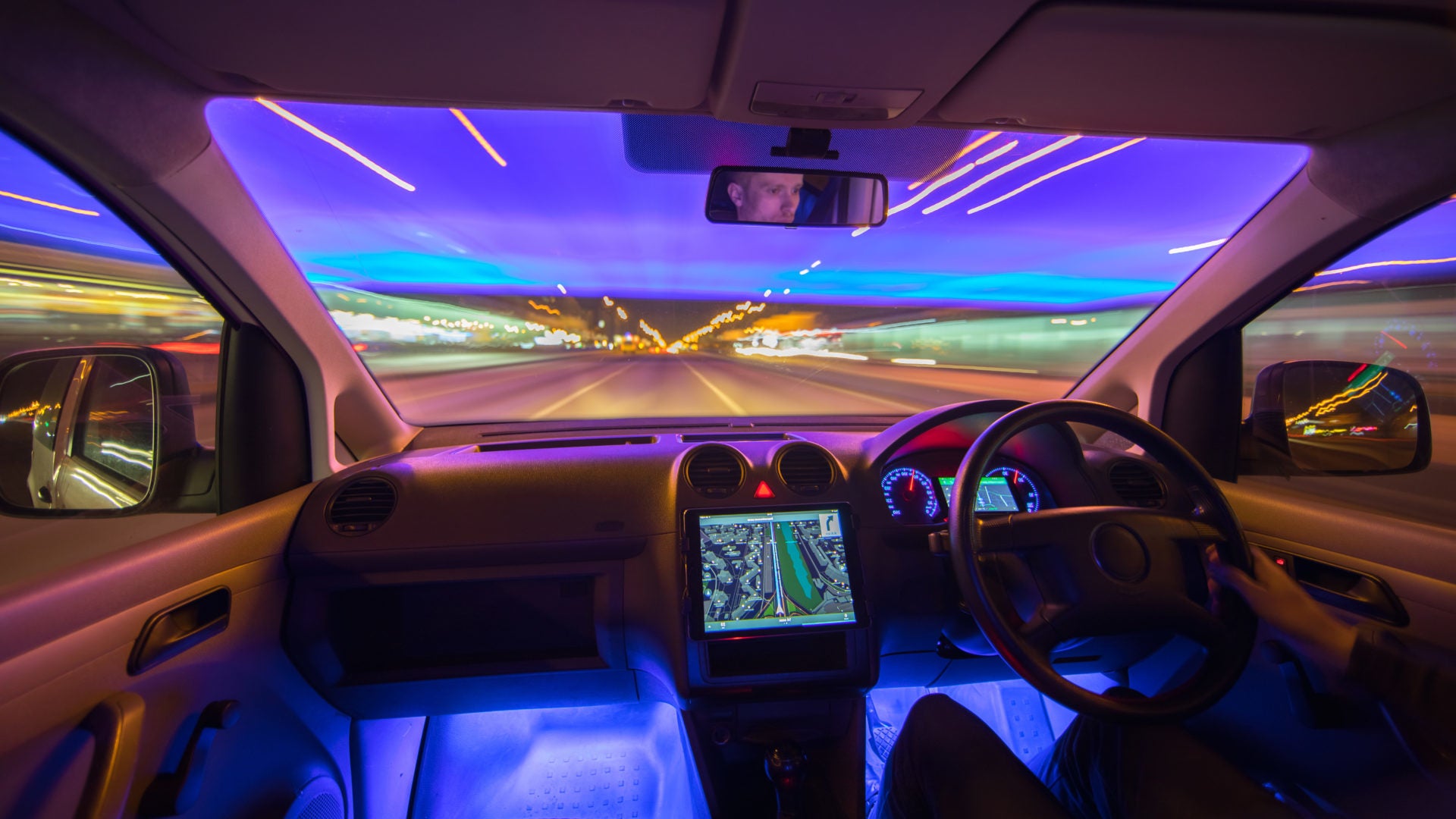
Virtual personal assistants (VPAs) such as Siri and Alexa are expected to proliferate vehicles over the next five years, with markets analytics company IHS Markit forecasting some 700 million software platforms to be in cars by 2024.
And with cars becoming increasingly connected – and 5G expected to accelerate connectivity – there is an opportunity for the original equipment manufacturers to capitalise on this growth.

Access deeper industry intelligence
Experience unmatched clarity with a single platform that combines unique data, AI, and human expertise.
“The challenge in bringing an OEM-sourced VPA to market is huge,” said Colin Bird-Martinez, senior analyst of automotive software and services at IHS Markit.
“Automakers are still outsourcing much of their service architecture to third parties. It is not unusual for an OEM to own its connected car services but create an ecosystem of suppliers and partners for each function of the service itself.”
Apple, Amazon and Google are three of the biggest players in the vehicle virtual assistant space. But because car manufacturers do not have the same levels of specialisation in the VPA space, the initial costs can often be barriers.
However, there are advantages to creating an OEM-branded experience.

US Tariffs are shifting - will you react or anticipate?
Don’t let policy changes catch you off guard. Stay proactive with real-time data and expert analysis.
By GlobalData“This brand experience would blend the best of speech recognition technology seamlessly into the vehicle,” explained Bird-Martinez.
There are various VPA formats available on the market. Here are three of the main types:
Embedded VPA
As the name suggests, the software stack for the speech software is partially stored in the vehicle. Information for commonly used tasks, such as voice-activated phone calls, are stored locally, whereas more complex tasks such as looking up a place of interest take place in the cloud. The VPA has access to all internal microphones and integration protocols.
IHS Markit expects around 12 million light vehicles to have this virtual personal assistant by 2024.
VPA via smartphone integration only
In this format, the virtual personal assistant exists within a smartphone integration system, such as Apple CarPlay or Android Auto. The VPA can make use of in-vehicle voice recognition middleware and internal microphones, but can also operate solely with the microphone of the smartphone.
It can offer voice control over and the Internal Global Navigation Satellite System
IHS Markit forecasts 300 million vehicles to use this type of VPA by 2024.
Device-to-car only
These require a home device such as an Amazon Echo or Google Home to send commands to the car. These commands can include directions, or remotely starting the car. However, they do not offer control over anything within the car.
IHS Markit expects some 40 million light vehicles to use this type of virtual personal assistant by 2024.
Read more: Meet Chris, a new AI assistant designed for cars







